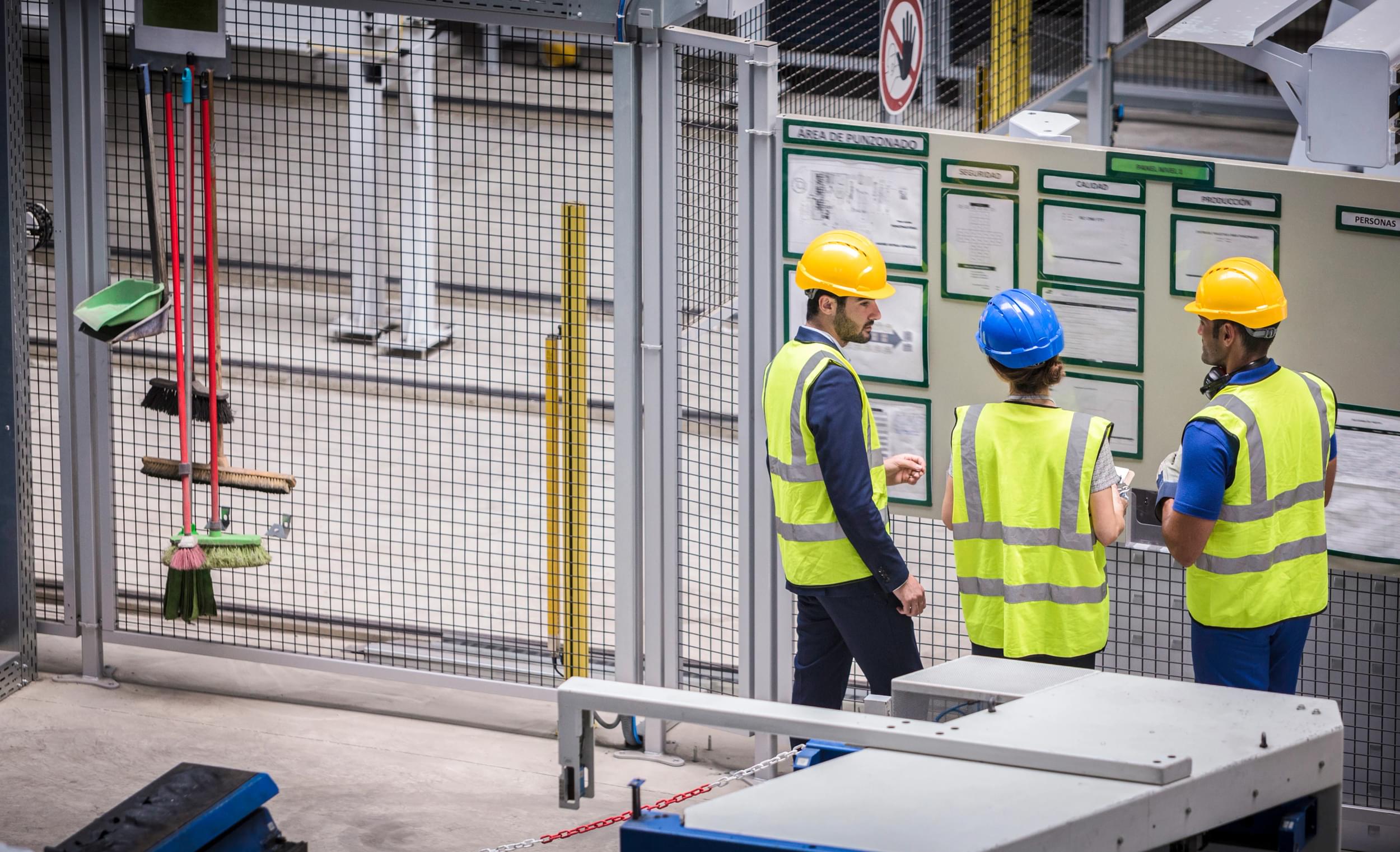These include changing employment models and working patterns, flexible and remote work, the green transition, the drive for social equity, new technologies and digitalisation, climate change and deregulation agendas. Some of these changes will be gradual and evolutionary, while others will be dramatic and fast-paced. All require attention and the development of adequate responses from the OSH profession and other stakeholders.
In this report we have explored significant areas of future uncertainty through ‘what if’ scenarios. These aim to inspire and encourage stakeholders to remain agile, think broadly and consider the fullest range of possible actions to shape a safe and healthy future of work.
Our calls to action provide specific guidance on what governments, business, OSH professionals and IOSH can do. Their timely action will help to achieve common aims:
- eliminating hazards
- reducing risks, harmful exposures and unsafe working conditions
- enhancing workers’ wellbeing.
A critical call to action is for governments in every country to ratify and effectively implement ILO Conventions and Recommendations that aim specifically to protect people against sickness, disease and injury related to the work environment. The report highlights significant action areas that apply to all stakeholders. These include:
- Driving forward social sustainability by removing structural inequity, enhancing diversity and inclusion and ensuring a fair and just green transition. Specific actions address the need to build a better understanding of enablers and barriers, collaborate with partners and better measure and monitor progress towards social sustainability.
- Developing appropriate responses to growing risks linked to climate change, new and emerging technologies and mental health. Actions identified range from safety-in-design approaches to regulatory changes and new evaluation and control strategies for emerging occupational hazards.
- Ensuring OSH professionals and workers have the appropriate OSH awareness, skills and knowledge to build a healthier and safer future generation of workers. These include ‘soft skills’, digital skills and ethical decision-making. Actions involve clearly defining the boundaries and position of OSH and the OSH profession, identifying specific future skills needs and developing appropriate education, vocational training and lifelong learning.


